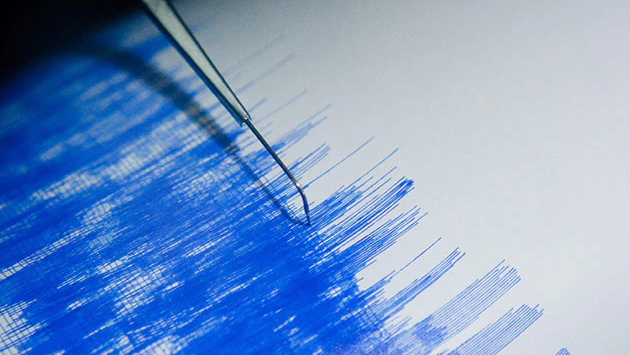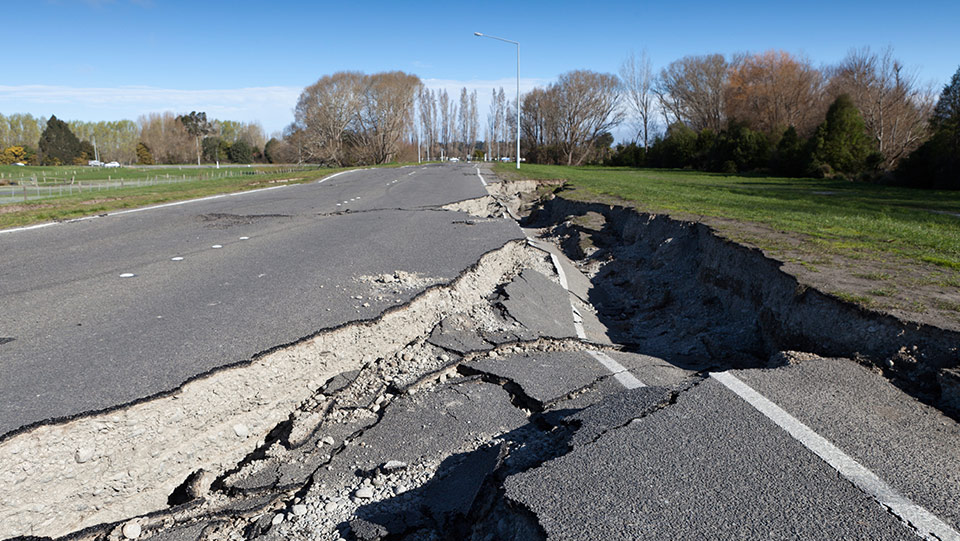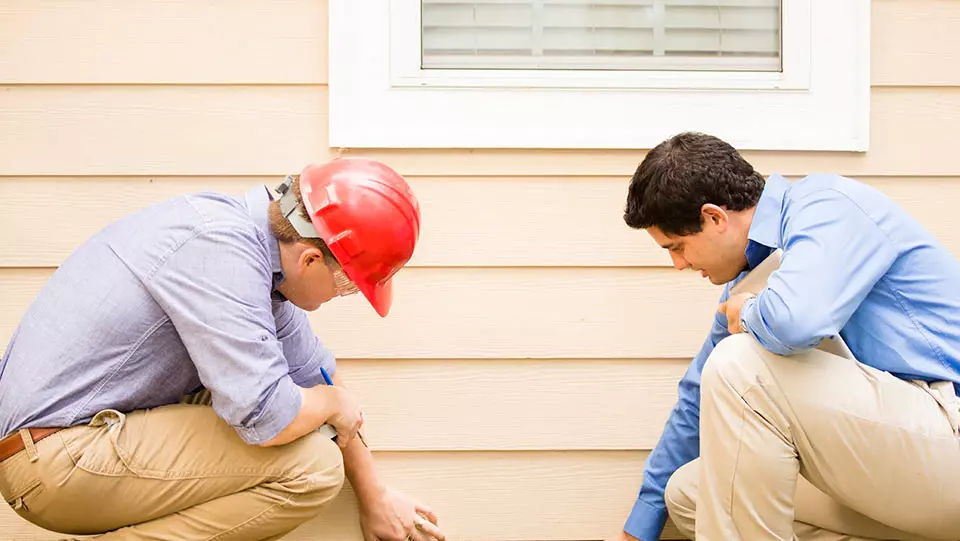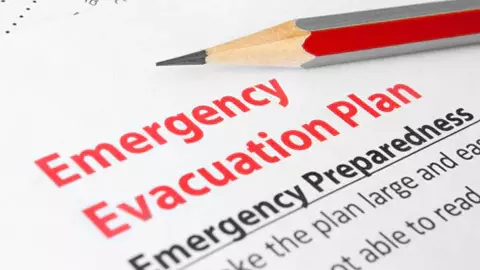Earthquake Facts and Myths


Popular myths about earthquakes can be more than misleading: They can put you at risk during an emergency. Earthquakes offer little warning before they strike, so it is important that you develop a response plan well in advance. Here are a variety of myths and facts to help you be prepared before, during and after an earthquake.
MYTH #1: Earthquakes only happen on the west coast of the U.S.
FACT: Earthquakes can strike anywhere, according to the U.S. Geological Survey. In fact, all 50 states and five U.S. territories are at some risk for earthquakes,1 and 45 states and territories are at moderate to very high risk.2 The 2011 earthquake in Virginia was proof of this phenomenon. The U.S. Geological Survey also notes that earthquakes are not more common in certain kinds of weather. So you want to be prepared no matter where you live and regardless of the weather.
MYTH #2: Get in a doorway when an earthquake occurs
FACT: You may have been taught that a doorway is one of the safest places to be during an earthquake. But in most cases, doorways are no stronger than the rest of the building, and they do not provide protection from flying or falling objects, which pose the greatest risk of injury to people during a quake. Instead, if you can move safely, get under a sturdy piece of furniture and hold on. Drop to your hands and knees and cover your head and neck with your arms.
MYTH #3: Run outside if you are indoors during an earthquake
FACT: If you are indoors, stay there until the shaking stops and you are sure that it is safe to exit. Research shows that most injuries occur when people within a building move around or attempt to go outside.
MYTH #4: The worst is over. It is time to assess damage and clean up
FACT: Do not assume that you are safe immediately after the shaking has stopped. Aftershocks can occur minutes after the first quake ends. While they are usually not as strong, they can cause additional damage and injuries. Drop, cover and hold on again in the case of aftershocks.
Sources
1 Ready.gov, http://www.ready.gov/earthquakes
2 American Red Cross, http://www.redcross.org/get-help/how-to-prepare-for-emergencies/types-of-emergencies/earthquake



